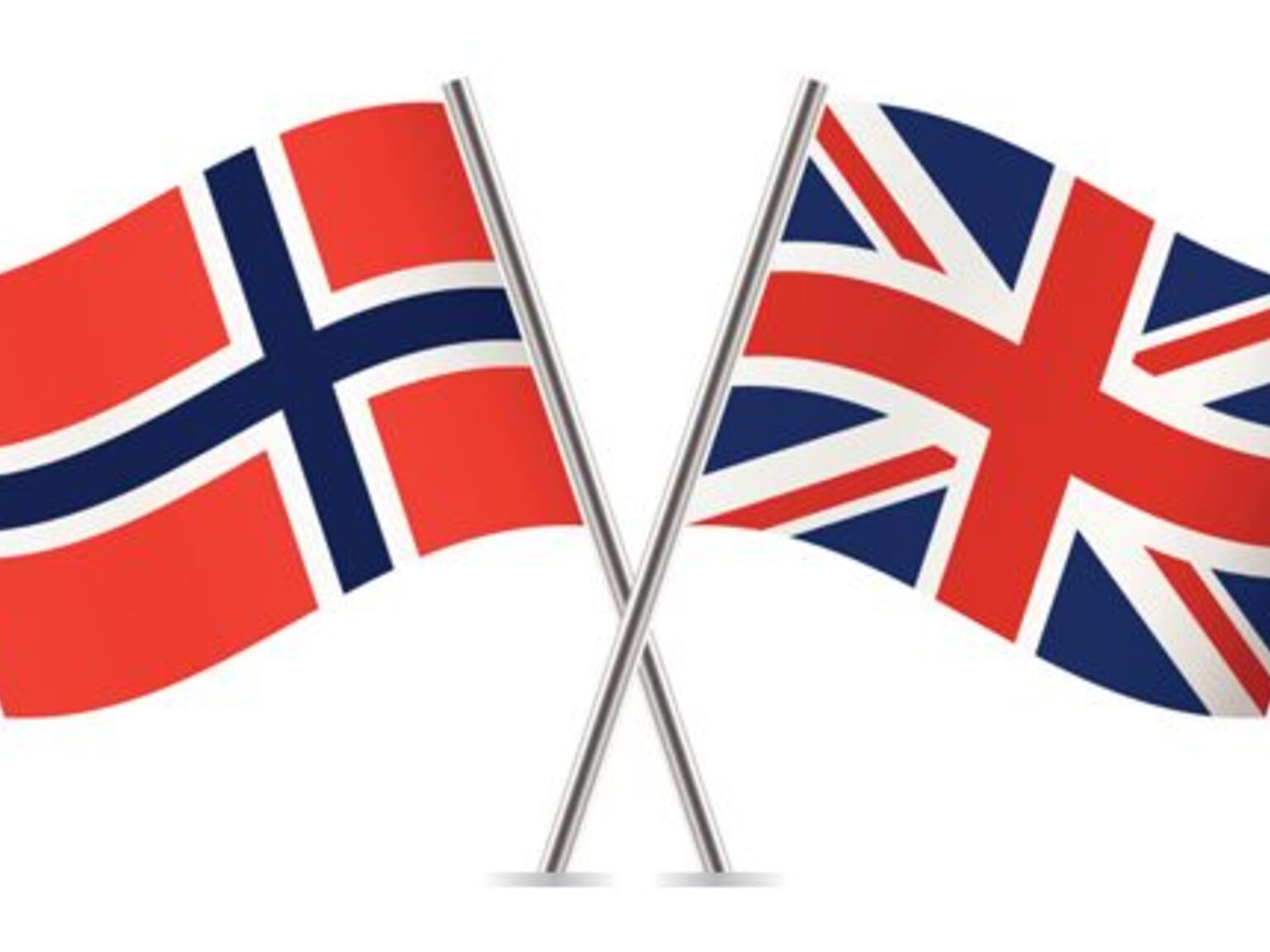
Language policy
The dokument "Språkpolitikk for KHiO" is now translated and available in the English version "Language policy".
Language policy for the Oslo National Academy of the Arts, adopted by the board, 30 September 2014.
Summary
The Academy shall maintain and promote the use of Norwegian as an academic language. At the same time, English or another international language may be used when deemed expedient in order to achieve the Academy’s goal of offering studies at a high international level and participating in international efforts within artistic research and development.
In the main, the Academy follows the recommendations from Universities Norway (UHR) in regard to the choice of language:
- The language of instruction at universities and college should as a rule be Norwegian.
- Sami and Norwegian have equal status as official languages in Norway. The Sami language shall therefore be placed on an equal footing with Norwegian in those disciplines where this is natural.
- English or other languages may be used in contexts where it is deemed expedient and/or necessary.
- Publishing and popular dissemination shall take place in the language that is most relevant and natural for the academic community in question and adapted to the target group at hand.
The language of instruction at the Academy shall as a rule be Norwegian. In order to achieve goals of developing the proficiency in academic English among Norwegian-language students or of integrating students whose native language is not Norwegian, Swedish or Danish, the language of instruction can also be English. This means that students who are admitted to the Academy must master both Norwegian and English.
Students in higher education should be familiar with and be able to use discipline-specific terminology in English or another international language.
The Academy’s language policy shall promote the parallel use of languages, that is the use of Norwegian as the national academic language and English as the international academic language.
The administrative language at the Academy is Norwegian. Internal communication with staff takes place in Norwegian. Applicants to positions shall be informed that the Academy’s administrative language is Norwegian, and successful applicants shall upon being hired be required to achieve a certain proficiency in Norwegian within a reasonable amount of time.
It is a goal that external communication on the Academy’s webpages shall be published in both Norwegian and English.
In adherence to the Language Usage Act, both forms of Norwegian – Bokmål and Nynorsk – shall be clearly visible at the Academy in the texts published in the miscellany of channels and in the various forms of presentation.